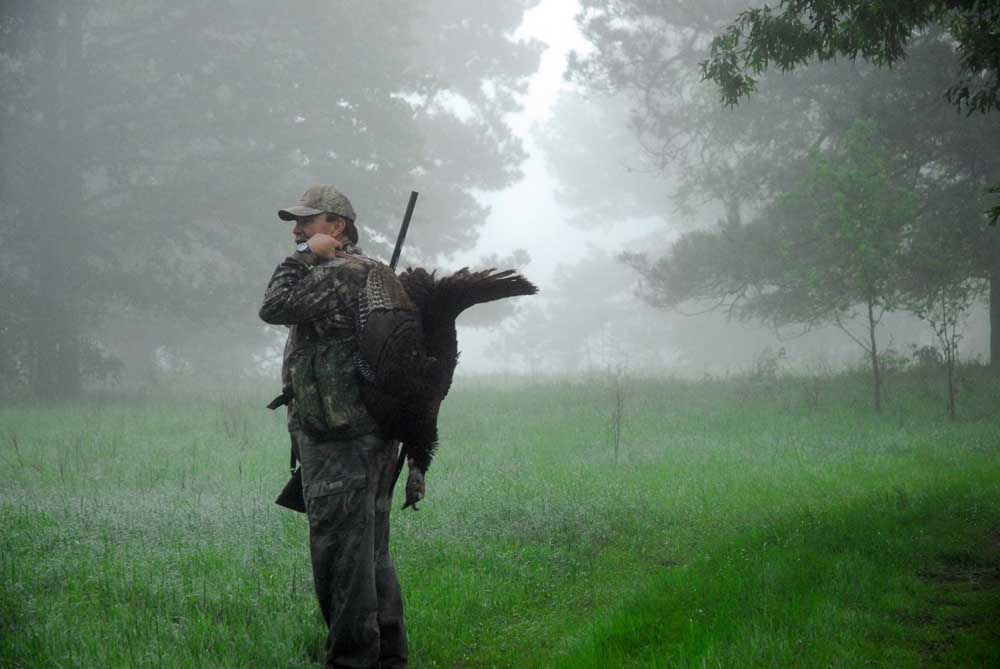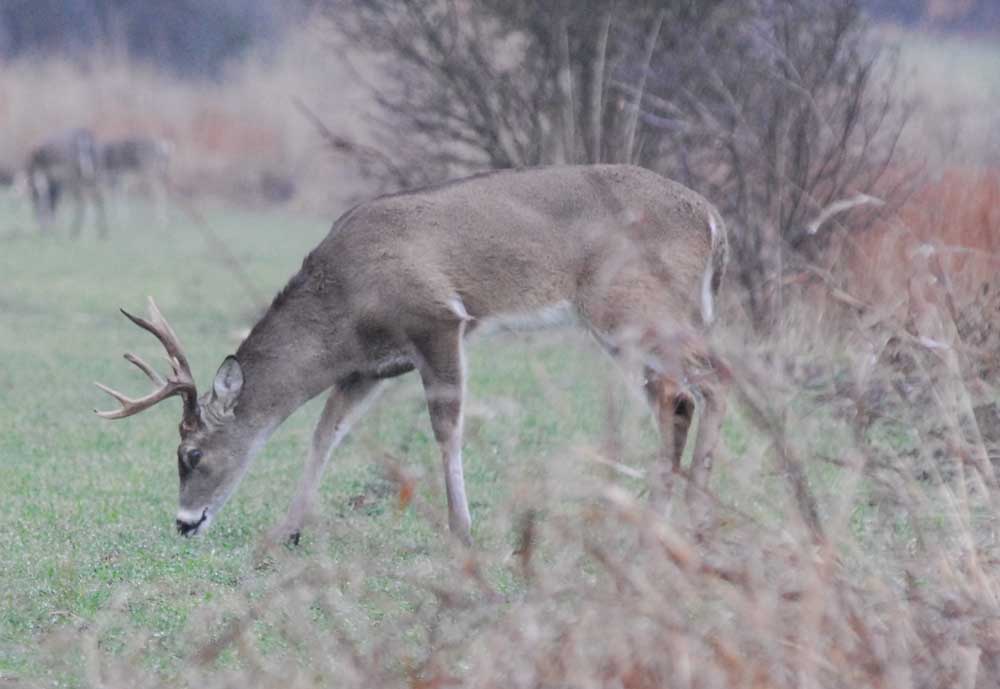Rattling the Woods: Spring turkey hunting in the Pineywoods is a special experience
Published 10:48 pm Friday, April 4, 2025

- Spring turkey hunting is exciting anywhere in Texas because of its interactivity, but it can be especially exciting in East Texas. (Steve Knight/Tyler Morning Telegraph)
I have hunted spring turkeys across Texas, and there was never a location I did not like.
However, if I had to pick one as a favorite it would probably be the Graff Ranch in Red River County. I have been lucky enough to hunt there several times, but it was the first trip that stands out the most.
It was 1995, the first year the Texas Parks & Wildlife Department had opened a season in Northeast Texas after years of restocking eastern wild turkeys. While bird numbers were not excessive, there was a sustainable population that still exists today thanks to a lot of hard work.
Eastern wild turkeys were once commonplace across about 30 million acres of habitat basically east of the Trinity River. The population downfall began as East Texas was settled because of a combination of unregulated harvest along with industrialization demand for timber that eventually took a toll on the region’s virgin forests. The turkeys completely disappeared in the first half of the 1900s.
For decades in the 20th century TPWD attempted to reboot the population, but often used flawed plans that included pen-reared birds that were incapable of fending for themselves in the wild, Rio Grande turkeys that could not adapt to the regions’ 30-plus inches of annual rainfall and even Rio/eastern crosses.
Eventually, with the aid of National Wild Turkey Federation and other groups, the department rebooted the program once again in the 1970s using wild eastern stock from other states. The stockings typically involved five toms and 15 hens or poults, and mostly involved select counties from Nacogdoches County north, with most being northernmost counties like Red River, Titus and Morris. In all, more than 7,000 turkeys were stocked, including 228 in Red River County.
The restocking was not flawless with the biggest issue being not enough birds released at a site to overcome first-year deaths, or re-trapping from stocked populations moved from county to county, but in some areas bird numbers did increase to a huntable number.
Part of the plan was a 10-year ban on hunting to let numbers build, harvest only during a spring season, and by shotgun only. That is what brought me to the Graff Ranch. Having never been hunted the birds were responsive to calls, but while I heard some the first day, I never saw one.
Day 2 was different. I started where I had heard a pair of gobblers the day before, but after calling with no response I walked up a road to a pine stand that had been thinned sometime in the recent past. Easing to the edge of a logging road, I sat down and called, and the woods rattled with a response from a gobbler. He was not close, but he was in the same area and ramped up.
I have always thought the greatest wildlife sounds in North America were elk bugling or geese honking overhead, but the sound of a gobbler in the woods quickly jumped onto the list.
I continued to yelp with my box call, probably overcalling because it is something I do, and he kept responding, cutting the distance between us. Once or twice he stalled and changed direction, probably trying to entice my hen to come to him, but I did not budge or quit calling.
Suddenly, there he was in full strut within shotgun range, and I was hooked on hunting turkeys in the woods.
Unfortunately, the stocking program came to a halt. The flocks just were not expanding and growing as anticipated. It was not until 2014 that TPWD jump started it with a new approach of releasing up to 75 birds in a site, and linking sites closer together.
Between 2014-2024 the department released 1,126 birds on 13 sites. None were released last year because partnering states were not able to trap birds to send to Texas.
Still, TPWD is seeing results, but like with the original stocking effort they are hit and miss.
“It is not even across East Texas, but we are observing young birds recruited into the population each year,” said Jason Hardin, TPWD turkey program leader.
Hardin said land management practices such as prescribed burns, timber thinning and promoting cover in permanent openings would help. However, timing pasture mowing, or at least walking fields to look for nests before mowing, might make the biggest difference.
“Don’t mow during the nesting and brooding season. Twelve percent of nests are lost annually in areas that can be mowed. Delay mowing as late as possible. Do not mow in May and June at a minimum August and September is better,” Hardin said.
This year’s East Texas spring season is April 22-May 14 in 12 counties, Bowie, Cass, Fannin, Grayson, Jasper, Lamar, Marion, Nacogdoches, Newton, Polk, Red River and Sabine. The limit is one gobbler.
Hardin said talks continue about expanding the season into more areas, but most likely not on a countywide basis.
“We are hoping to provide hunting in areas that can support it. Not countywide seasons, but where the birds are in Turkey Management Units,” Hardin said. More importantly, he added, there are no plans to close any open counties.







